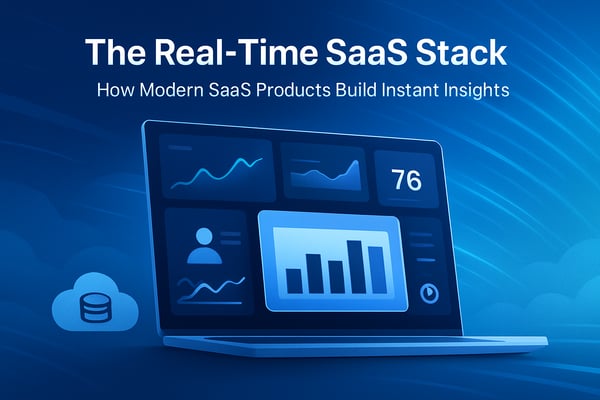In today’s data-driven world, organizations rely on robust data pipelines to collect, process, and analyze vast amounts of information in real time. At the heart of these pipelines, a database that can handle high-speed ingestion, flexible data types, and instant analytics is crucial. This is where CrateDB shines.
What Is a Data Pipeline?
A data pipeline is a series of processes and tools that move data from its source to a destination where it can be stored, processed, and analyzed. It typically involves:
- Data ingestion from various sources (IoT devices, applications, logs, APIs)
- Data transformation and processing (cleaning, enriching, aggregating)
- Data storage (databases or data lakes)
- Data analysis and visualization
CrateDB’s Role in the Data Pipeline
CrateDB is a distributed SQL database designed specifically for real-time analytics on massive datasets. Its unique architecture allows it to seamlessly integrate into multiple stages of a data pipeline:
1. Data Ingestion at Scale
CrateDB supports high-throughput ingestion, handling millions of rows per second. This capability allows it to ingest data directly from diverse sources such as:- IoT sensors streaming telemetry data
- Application logs and events
- External APIs delivering JSON or semi-structured data
Thanks to its support for structured, semi-structured (JSON), and unstructured data, CrateDB eliminates the need for complex ETL transformations upfront, accelerating the pipeline.
2. Real-Time Data Storage and Indexing
Once ingested, CrateDB stores data in a distributed manner with automatic replication and sharding. This architecture ensures:- High availability: No single point of failure
- Fault tolerance: Continuous operation despite node failures
- Automatic indexing: Data is indexed on the fly, enabling fast search and aggregation without manual tuning
This means data is instantly available for querying without delays typically associated with batch processing.
3. Real-Time Analytics, Querying, and Search
CrateDB’s SQL interface supports complex queries combining time series aggregations, full-text search, and geo-spatial data analysis — all within the same query. This versatility allows data teams to:
- Perform operational analytics for monitoring and alerting
- Combine multiple data types to generate richer insights
- Feed real-time dashboards or alerting systems directly from the database
4. Feeding AI and Machine Learning Models
Modern data pipelines increasingly include AI/ML components. CrateDB fits naturally here by:
- Delivering real-time feature sets for ML models with low latency
- Storing training data from multiple sources in a unified schema
- Providing fast aggregation and search to support AI-driven decision-making
This capability helps organizations build smarter applications and automate workflows.
5. Integration With the Ecosystem
CrateDB integrates with popular data pipeline and streaming tools, such as Apache Kafka, and various data visualization platforms. It can act as both a sink and a source in your pipeline, making it flexible for different architectures:
- Stream data into CrateDB using Kafka connectors
- Query data from CrateDB in Spark for advanced processing
- Visualize real-time data with BI tools like Grafana or Tableau
Why Choose CrateDB for Your Data Pipeline?
- Real-time ingestion and querying: Enables instant insights on live data.
- Unified data handling: Structured and semi-structured data in one place.
- Scalable and resilient: Grows with your data volume without sacrificing performance.
- SQL-first interface: Easy adoption for teams familiar with SQL.
- Built for complex analytics: Supports advanced aggregations, search, and geo-spatial queries.
In modern data pipelines, the choice of database can make or break your ability to act on data quickly and effectively. CrateDB’s unique combination of high ingestion throughput, distributed architecture, and rich query capabilities makes it a powerful engine to power real-time analytics workflows. By integrating CrateDB, businesses can accelerate their data-driven decision-making and unlock the full value of their data.
Curious to learn more? Create your first cluster now.


